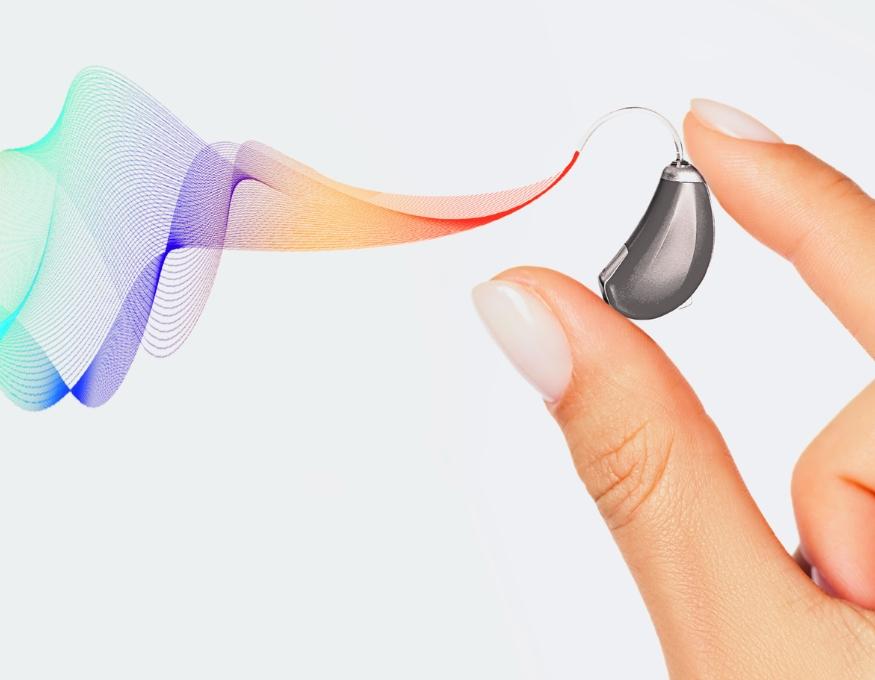Wearable technology has many advantages in healthcare. In diagnostics, wearables can provide always-on data collection, enabling faster and more accurate clinical decision making. Meanwhile, wearable therapeutics can provide a unique way of offering the user valuable, sometimes life-saving treatments outside of a clinical setting, giving patients more control over their treatment outcomes.
With so many applications, the wearable technology market in healthcare, is likely to grow exponentially over the next decade. There have been many exciting technological developments recently, often aimed at relieving pain points for patients and giving them the freedom to live better lives.
The following are some of the latest innovations in wearable therapeutics that are impacting healthcare.
Enso
Enso is an elegant wearable device created by Hinge Health is part of an all-encompassing rehabilitation system featuring a mobile app with visual recognition and a team of healthcare professionals on hand to manage patient progress. The evidence base for this system is already substantial and continues to grow.
This combination of wearable, digital health companion app and care provision shows us a glimpse into the possible future of healthcare, where digital therapeutics are considered as part of unique ecosystems that offer real patient benefit outside of more traditional care pathways.
Parkinson’s creates many challenges for treatment, especially when attempting to help patients manage motor system dysfunctions such as tremors, rigidity and slowness of movement. The CUE1 is a non-invasive wearable device that attaches to the patient’s chest and uses a combination of vibro-tactile stimulation and cueing to send signals via the nervous system to the brain. This stimulates more regular brain activity and relieves debilitating Parkinson’s symptoms such as frozen gait.
Symbioze
Nemera has developed a patch-pump device that can administer large volume injections or infusions up to 20ml. Compared to autoinjectors and other pump technologies, this patch–pump offers a platform for high dose treatments that would otherwise be impossible to administer outside of a clinical setting. A growing number of medications are providing better clinical outcomes when delivered at higher doses, so this could become a popular platform for drug delivery.
Flow
By using the principle of trans-cranial direct current stimulation (TDCS), this headset created by Flow Neuroscience has shown promising results in treating depression and could potentially save patients’ lives. The sometimes severe side effects of, and dependency on, anti-depressant medications are well-known. This device seeks to remove them altogether.
Audicus Mini
While hearing aids have been around for decades, their form has typically remained constant; a device that hooks onto the exterior ear and is generally visible to outside observers. As this can be a deterrent to use, Audicus has understood this challenge and created a miniaturised pair of earbuds that sit wholly, and almost invisibly, in the ear canal. This is a great example of a modern approach to electronic systems and materials and miniaturised complex technology.
Walkasins
Peripheral neuropathy is a growing challenge for healthcare providers due to increases in rates of type 2 diabetes, the ageing population and other conditions that affect the circulatory system. The Rx Function Walkasins is an innovative combination of a shoe-inserted pressure sensor and nerve stimulation collar, which provides patients with sensory stimulus from affected extremities. This tackles peripheral neuropathy by helping patients maintain their sense of balance and prevent falls.
The next steps for wearable therapeutics
With such a wide variety of wearable technology available, the next challenge for healthcare service providers is likely to be how these systems are tied together. When combining wearable therapeutics and diagnostics for example, it will be vital to combine data outputs to provide the most accurate analyses of treatment outcomes. One way to achieve this would be via data sharing partnerships between a small number of manufacturers. Another option would be open data policies, where medical device and app data is made available to aggregation services like Apple Health and Google Health, national health service providers and healthcare management apps.



